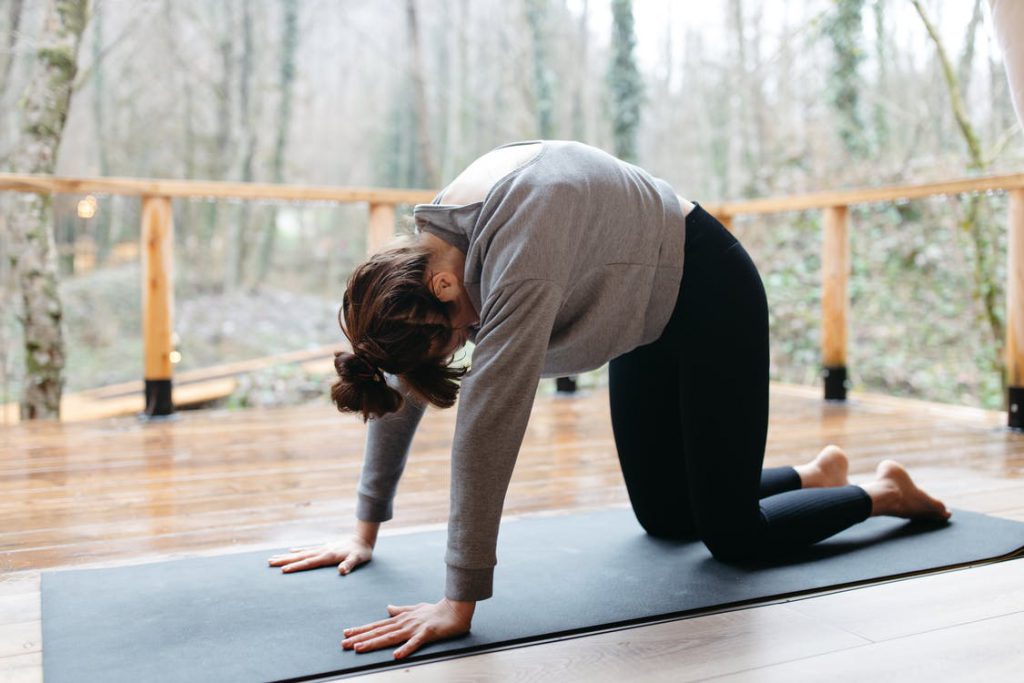4 Easy Stretches for Tension Headache Relief
Ever had a persistent headache that broke your focus and productivity?
Not only can headaches be extremely disruptive, but they’re also uncomfortable and painful. If you experience this kind of pain chronically, you know it can make daily life especially challenging.
The good news? Instead of having to rely on different medicines to combat pain, there’s a healthier, more sustainable way to find relief. Working with a physical therapist can help address pain points and give you exercises to use on your own time at home.
Common Types of Headaches
First, let’s break down the two types of headaches that frequently cause pain and discomfort.

Tension headaches
If you’ve ever had a headache accompanied by a deep aching pain and tightness around the forehead or sides of your head, you were probably experiencing a tension headache. Stress is the most common culprit of this type of headache, but jaw pain can also be a cause.
Cervicogenic headaches
Cervicogenic headaches usually occur from an underlying neck problem that sends pain up to the head. You may feel pain on one side of your head, the base of the skull, or behind the eye.
4 Exercises for Headache Treatment at Home
To fight the onset of headaches, it’s important to first improve the strength of relevant body parts, such as external rotators, postural extensors, and scapular stability.
By exercising external rotators in the shoulders, postural extensors in the back, and the muscles around the scapula, you’re essentially strengthening the foundational muscles needed to keep your body aligned — making you less likely to succumb to painful headaches.
Here are a few additional exercises to try, at home or at work, to strengthen muscles and improve mobility.
Chin Tucks
If you work at a desk all day, you might find that you hunch over the keyboard and unknowingly hike your shoulders up. This exercise is great to combat that by aligning your head and neck and improving shoulder posture.
What to do: Sit up straight against the back of your chair. Bring your chin towards the front of your throat (like having a double chin) without tilting your head. Hold this position for five seconds and then relax. Repeat this exercise 10 times per hour.
Shoulder Boxes
Give your shoulders some added mobility with this exercise.
What to do: You can do this pose either standing or sitting. Shrug your shoulders forward, then move them up towards your ears. Pull them back and then finally pull them back down so your arms are by your side. With this exercise, you’re making a square shape with your shoulders. Repeat five times and then do it in reverse order five times.
Cat-Cow Stretch

Sitting for long periods of time at work can be tough on the body. This exercise works wonders for neck and back mobility.
What to do: Start with your hands and knees on the floor, with your knees directly under your hips, and wrists directly under your shoulders. Start with a flat back and engage your abdominal muscles. Inhale while you arch your back, lifting your head and tailbone. Next, exhale while rounding your spine up to the ceiling, pulling your abdominals towards your spine and tucking your tailbone in while you bring your chin towards your chest. Repeat this movement while inhaling and exhaling. Repeat the full exercise for one minute.
Lateral Head Movement
If your neck is feeling stiff, this is a great way to improve mobility.
What to do: Start by standing or sitting up straight. Turn your head slowly to the right and look over your shoulder until you can’t move it any further. Hold this position for 10 seconds. Face forward and repeat on the left side. Repeat this sequence three times on each side.
How Physio Physical Therapy Can Help Alleviate Headache Discomfort
We work with patients to help give cervicogenic and tension headache relief. Our goal is to help you regain strength, stability, and fluidity for a pain free neck and head. We address pain points and help you on your way to feeling better.
Schedule an appointment today to work with one of our physical therapists.
